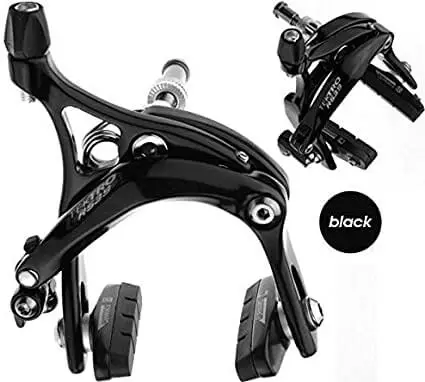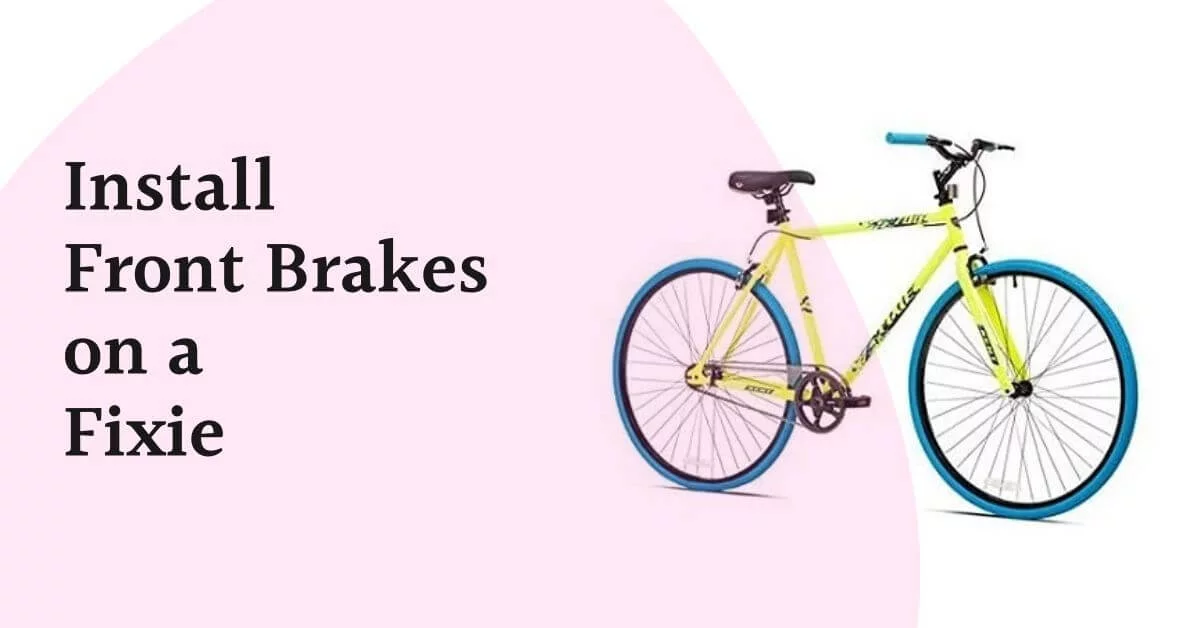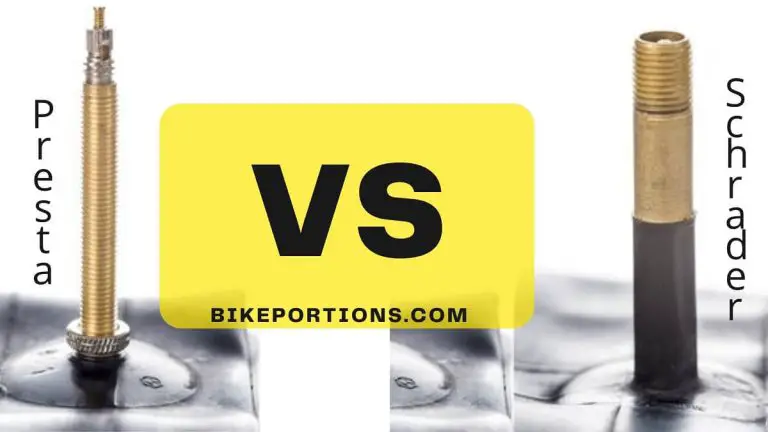How to Install Front Brakes on a Fixie?
Are you a fixie lover? Do you have too many questions about your fixie bike? Then, you are in the right place. You can get all your confusion cleared here. In this article, we are going to discuss how to install front brakes on a fixie. After reading this you will not have any confusion.
Today, we are going to show you step-by-step how to install front brakes on a fixie. That’s right – this is yet another step-by-step guide on the internet.
But it seems like there aren’t many out there (if any at all), and thus, we felt motivated to make one ourselves!
First of all, you will need to gather all the necessary tools. For this step-by-step guide on how to install front brakes on a fixie, we’ll need:
- A brake caliper
- A brake cable
- Two brake pads
- Zip ties
- Wire cutters
Contents
How to install front brakes on a fixie
Here are the steps you need to follow to install front brakes on a fixie. We are covering it as easily as it is. Hope you can understand the process and can utilize it on your fixie bike.

Remove old brakes:
Find your bike’s existing brakes and remove them. You can do this by simply pulling the brake calipers outwards and sliding them off of the wheel.
Remove the tire from the wheel:
Now you will need to get your fixie’s front wheel in a workable position. We recommend turning it upside down, but if that doesn’t work for you then feel free to place it next to you or whatever works best! You should then remove the tire from the wheel.
Brake calipers to install front brake:
Now we need to attach the brake calipers. To do this step, simply pull the rubber dust caps out of each housing and slide them onto your fixie’s front wheel spokes. (the side with an even number of spokes).
Slide your new brake pads into place over the top of the dust caps you’ve attached to your fixie’s front wheel spokes. Then slide the calipers onto your fixie’s new brake pads.
Be sure that you’ve done both of these steps correctly! If you haven’t, then you won’t be able to attach your brakes to your bike!
Before we move on to the next step, test out all four of the brakes to make sure that they work! If they don’t, then you’re really in trouble.

Brake cable to install front brake:
With your brakes attached to your fixie, it’s time to attach the brake cable. Now, this step is a bit tricky because if you tighten one end of the cable too much, then the other side will be too loose and therefore won’t have enough tension to stop your bike. So tighten each end one at a time and test the brakes after attaching each end of the cable to make sure that they work properly.
If you see that there is still enough room for the brake pads, then we recommend cutting off some extra braking material from each pad with wire cutters. This step isn’t necessary, but without doing it the brakes might squeak a bit.
Attach new front brake:
Remember, this step is your last step before you can attach your new front brakes to your fixie! If you have done everything correctly so far, then go out and try them!
Congrats – now you know how to install front brakes on a fixie! You should now be able to attach your new brakes and ride whenever you please!
Are fixie bikes comfortable?
Fixie bikes are some of the most comfortable bicycles available today. In terms of ergonomics, these are as close as it gets to a good old-fashioned sit-upright traditional bike. For example, the Diamondback Sorrento has an upright geometry and a classic diamond-shaped frame.
For the most part, fixie bikes are built with aluminum frames to make them lightweight but sturdy. The geometry of these bikes are designed to give an upright posture as possible. This is why fixie bikes are great for commuting and casual riding. Fixies come with a ton of different customization options, are relatively affordable, and are typically fun to ride.
The ease of stopping power is also worth noting. Upfront, you’ll find a flip-flop hub that allows for fixed gear or a freewheel rear wheel.
This means that fixie bikes are easy to control and you don’t have to pedal whenever you are moving forward. And, since traditional brake levers are still in place (they’ve simply been disconnected from the braking system). You can easily put stopping power when necessary.
On the other hand, fixie bikes are great for commuting because fixie bikes are typically easy to ride in any kind of weather, too. Since having flat handlebars and is also relatively lightweight. You can ride without worrying about staying clean.
Are Fixie Bikes Comfortable? The Answer Is Yes!
Final Thoughts
Many people want to know that, whether they can put brakes on a fixie or not. The answer is YES. You can put brakes on the front and rear wheels. And it is easy as you can do it by yourself. We have discussed it in this article. You have learned how to install front brakes on a fixie in this article. But if you have any doubts at any point then feel free to comment below. We are always ready to help you out. Before doing it yourself, read it thoroughly again.
No, you can’t. There is no scope to install a disc brake on a fixie bike.
No, fixie bikes do not have any brakes. You have to resist the pedal to slow it down.




![How To Skid On A Fixie [An Ultimate Guide]](https://bikeportions.com/wp-content/uploads/2022/02/How-To-Skid-On-A-Fixie-768x402.jpg)


